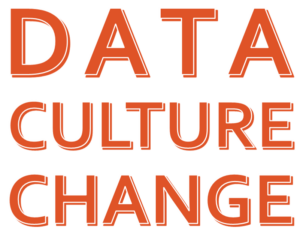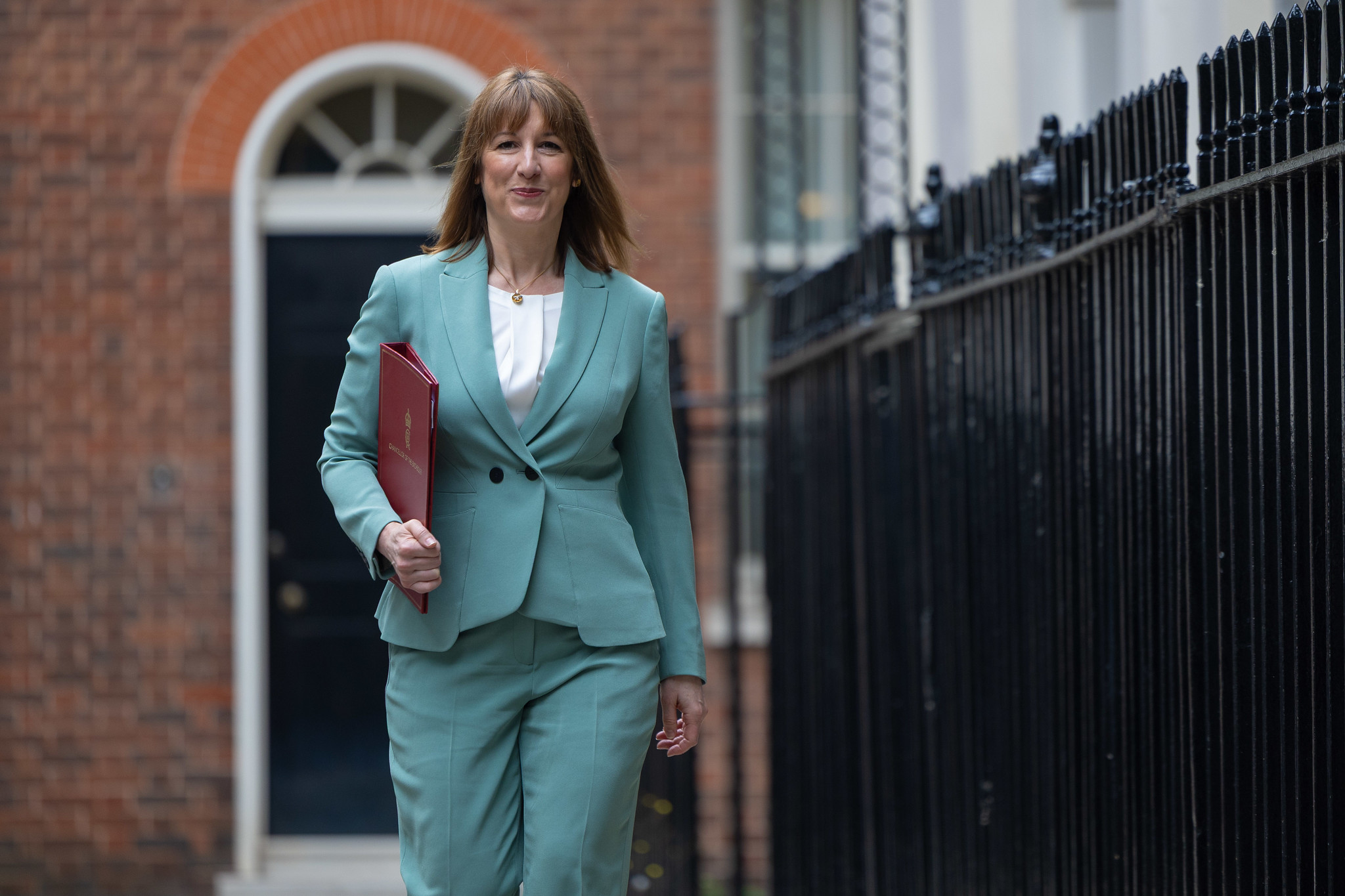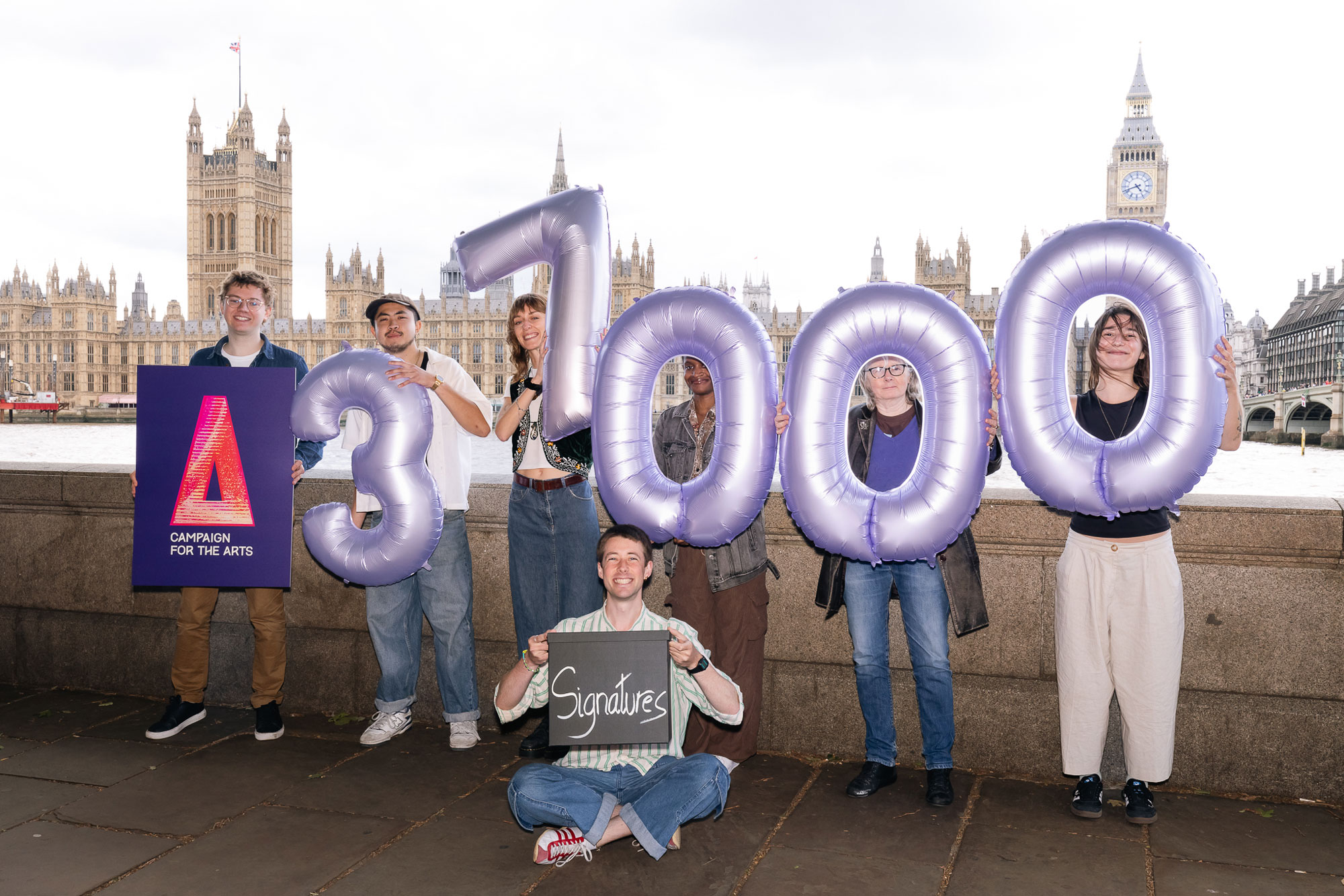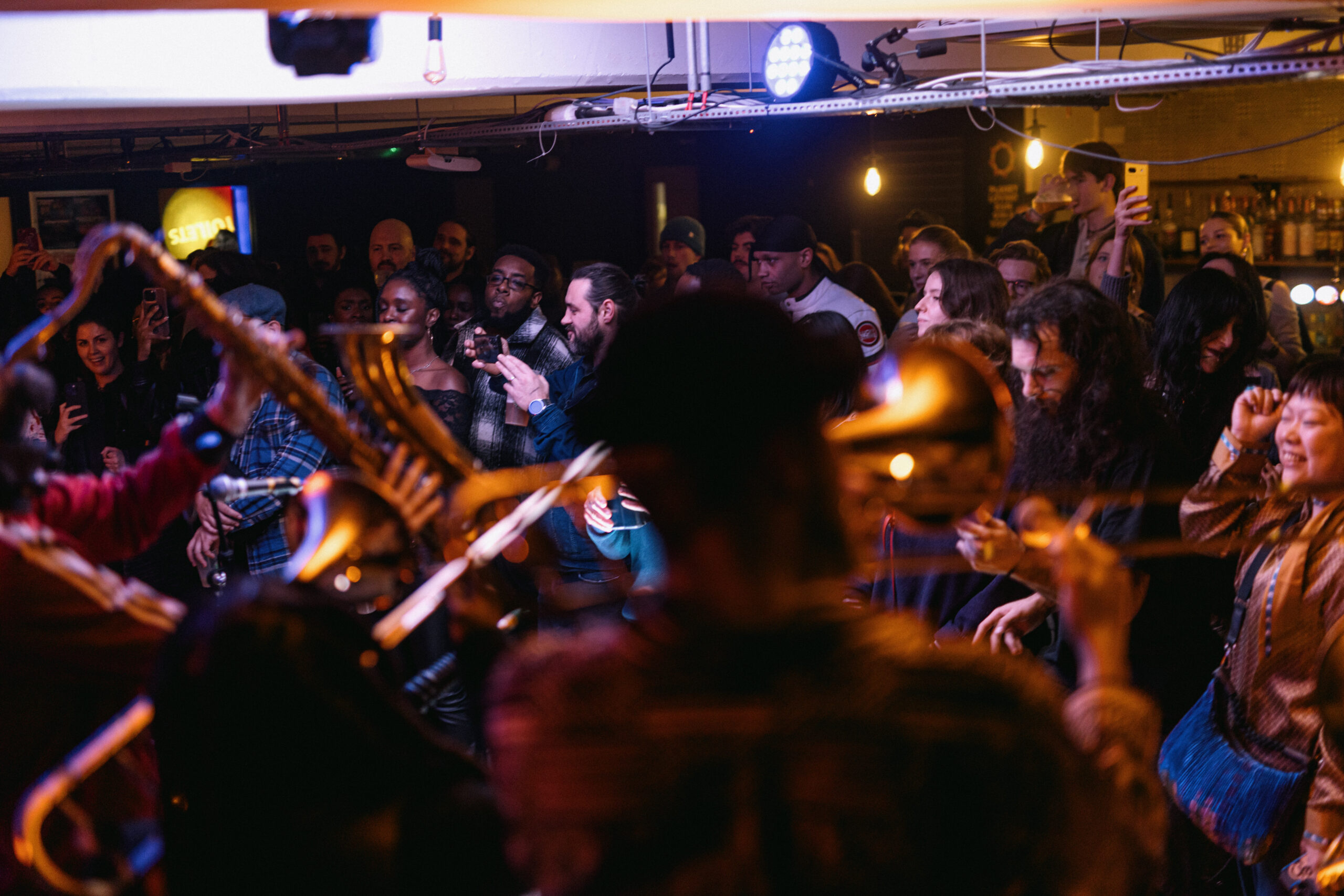Arts attendance has been increasing since the end of pandemic restrictions – but unevenly, according to a new analysis of official Government data by Data Culture Change and the Campaign for the Arts.
Our report, published today, finds that:
- Overall, the proportion of the population attending arts events in England was increasing between October 2021 and June 2022; however
- Engagement with different artforms is reviving at different paces. Audiences for theatre and live music are proportionally further from returning to pre-pandemic levels than those for cinemas and exhibitions.
- There has been a possible increase in the proportion of adults engaging with literary events.
Our analysis covers nine artforms included in the new Participation survey, conducted every quarter by the Department for Digital, Culture, Media and Sport (DCMS) and involving 8,000 adults in England. Since there are different data collection surveys in Scotland, Wales and Northern Ireland, it is not currently possible to paint a consistent UK-wide picture.
The Participation survey replaces the DCMS’ former Taking Part survey, which also makes it difficult to draw direct comparisons with the pre-pandemic picture.
Commenting on the publication of the report, Data Culture Change’s Chief Executive David Brownlee said:
“After fifteen years of collecting audience data in a way that could be directly compared, it is frustrating that we cannot robustly compare engagement pre and post the pandemic due to changes to content and methodology in the new survey. It is very positive that DCMS is committed to the regular and swift publication of quarterly data, so we should soon know if the ‘revival’ in audiences returning has speeded up or slowed down between July and September 2022.”
Jack Gamble, Director of the Campaign for the Arts, said:
“We all know that the pandemic had a big impact on people’s ability to organise and engage with arts events, but this report shows just how considerable that impact was, and that the ripples are still being felt. It’s encouraging to see a trend towards increased participation overall – but it’s a much slower recovery for some artforms, and especially in light of the energy and cost-of-living crisis, we need to ensure that the trend towards recovery can continue.”
We plan to update our analysis when new raw data is published later in 2022.





